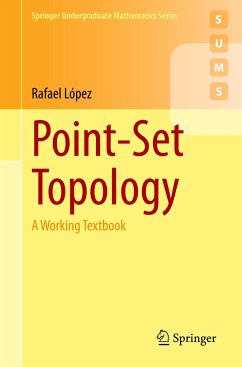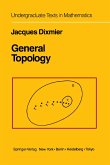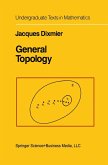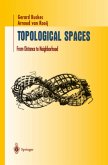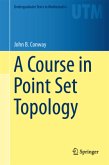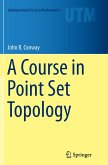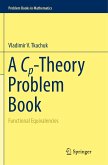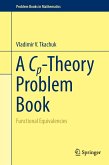This textbook offers a hands-on introduction to general topology, a fundamental tool in mathematics and its applications. It provides solid foundations for further study in mathematics in general, and topology in particular.
Aimed at undergraduate students in mathematics with no previous exposure to topology, the book presents key concepts in a mathematically rigorous yet accessible manner, illustrated by numerous examples. The essential feature of the book is the large sets of worked exercises at the end of each chapter. All of the basic topics are covered, namely, metric spaces, continuous maps, homeomorphisms, connectedness, and compactness. The book also explains the main constructions of new topological spaces such as product spaces and quotient spaces. The final chapter makes a foray into algebraic topology with the introduction of the fundamental group.
Thanks to nearly 300 solved exercises and abundant examples, Point-Set Topology is especially suitable for supplementing a first lecture course on topology for undergraduates, and it can also be utilized for independent study. The only prerequisites for reading the book are familiarity with mathematical proofs, some elements of set theory, and a good grasp of calculus.
Aimed at undergraduate students in mathematics with no previous exposure to topology, the book presents key concepts in a mathematically rigorous yet accessible manner, illustrated by numerous examples. The essential feature of the book is the large sets of worked exercises at the end of each chapter. All of the basic topics are covered, namely, metric spaces, continuous maps, homeomorphisms, connectedness, and compactness. The book also explains the main constructions of new topological spaces such as product spaces and quotient spaces. The final chapter makes a foray into algebraic topology with the introduction of the fundamental group.
Thanks to nearly 300 solved exercises and abundant examples, Point-Set Topology is especially suitable for supplementing a first lecture course on topology for undergraduates, and it can also be utilized for independent study. The only prerequisites for reading the book are familiarity with mathematical proofs, some elements of set theory, and a good grasp of calculus.
This book is intended as a companion book to intermediate or introductory texts on general topology, so it contains theorems illustrated by many working examples (more than 160), worked exercises with full solutions (almost 300) and suggested exercises without solutions. I hope that this valuable workbook, meeting all the requirements of demanding modern pedagogy will be widely used as companion to various textbooks and will contribute to raise the level of teaching the contemporary general topology for undergraduates. (Wlodzimierz Slezak, zbMATH 1554.54001, 2025)

